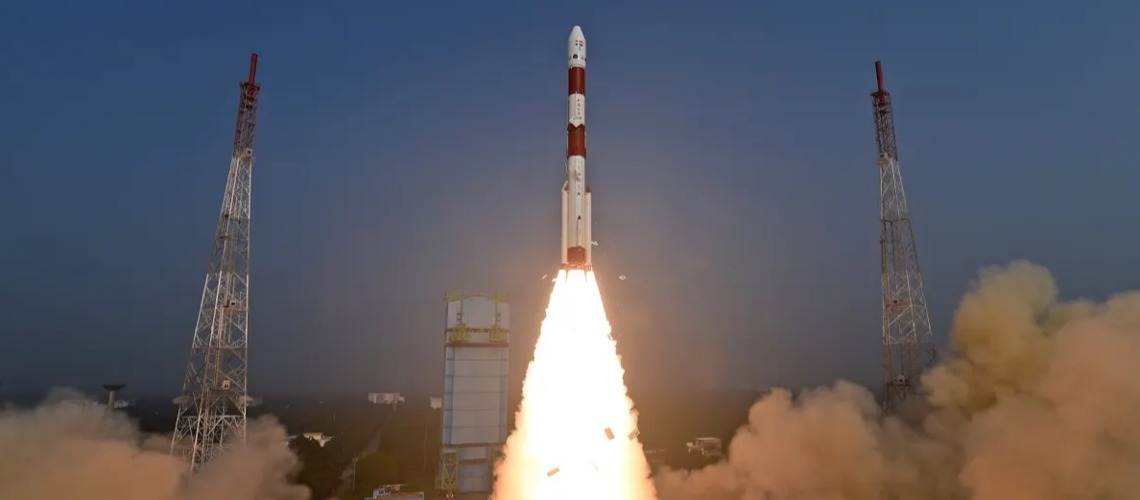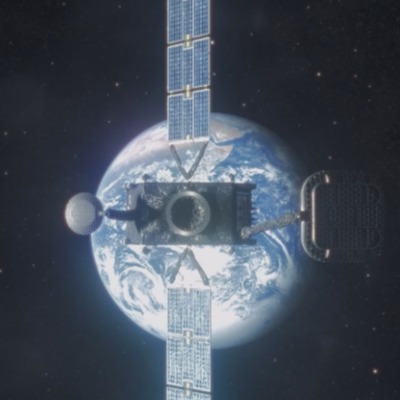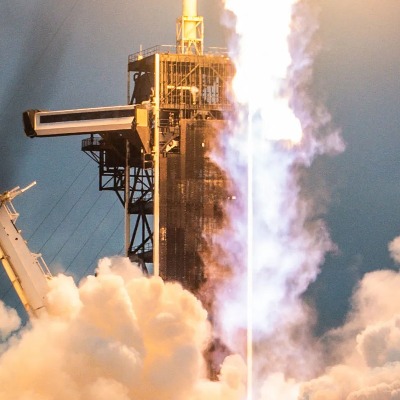India Ushers In New Year With First X-Ray Observatory

As the world celebrated the dawn of 2024, India etched its name in the annals of astronomical exploration with the successful launch of its first X-ray astronomy satellite, aptly named XPoSat. This momentous occasion marks a giant leap for Indian space research, opening a new window to witness the universe's most energetic celestial objects.
The Indian Space Research Organisation (ISRO) launched XPoSat aboard its trusted Polar Satellite Launch Vehicle (PSLV). The powerful rocket soared into the morning sky from the Satish Dhawan Space Centre in Sriharikota, Andhra Pradesh, carrying not just the XPoSat observatory but also 10 other satellites to their designated orbits.
XPoSat's primary mission is to study the enigmatic world of X-rays, a high-energy form of light emitted by some of the universe's most extreme objects – black holes, neutron stars, and active galactic nuclei. These celestial monsters generate immense gravitational forces and magnetic fields, resulting in the release of X-rays. By analyzing the polarization of these X-rays, XPoSat will reveal crucial information about the geometry and physical processes occurring within these cosmic behemoths.
"This mission is a game-changer for Indian astronomy," declared Dr. P.K. Srivastava, director of ISRO's Physical Research Laboratory. "With XPoSat, we can now directly probe the violent environments surrounding black holes and understand the mechanisms behind their immense energy output."
XPoSat is equipped with four sophisticated X-ray polarimeters, each tuned to different energy bands. These instruments will measure the direction and orientation of the X-rays, providing unparalleled insights into the hidden secrets of these celestial behemoths.
The successful launch of XPoSat is a testament to the dedicated efforts of Indian scientists and engineers. From conceptualization to construction, the entire project was meticulously planned and executed over a decade, showcasing India's indigenous space technology capabilities.
"This is a proud moment for India," exclaimed Prime Minister Narendra Modi in a celebratory address to the nation. "XPoSat's successful launch signifies our unwavering commitment to space exploration and scientific advancement. It opens a new chapter in our quest to understand the universe and our place within it."
With XPoSat's keen eyes now scanning the cosmos, a new era of Indian X-ray astronomy has begun. The data it gathers will not only advance our understanding of the universe's most extreme objects but also pave the way for future missions, further solidifying India's position as a global leader in space exploration.
Key Points:
- India successfully launched its first X-ray astronomy satellite, XPoSat, on January 1, 2024.
- XPoSat will study the polarization of X-rays emitted by black holes, neutron stars, and other extreme objects.
- This mission will help scientists understand the physical processes and mechanisms within these celestial bodies.
- The launch marks a significant milestone for Indian space research and establishes India as a leader in X-ray astronomy.




